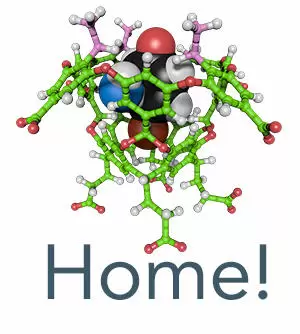Sullivan, M. R.; Gibb, B. C. Differentiation of small alkane and alkyl halide constitutional isomers via encapsulation. Org. Biomol. Chem. 2015, 13, 1869-1877.
Abstract
Previously we have demonstrated that host 1 is capable of hydrocarbon gas separation by selective sequestration of butane from a mixture with propane in the headspace above a solution of the host (C. L. D. Gibb, B. C. Gibb, J. Am. Chem. Soc., 2006, 128, 16498–16499). Expanding on the idea of using this host as a means to affect guest discrimination, we report here on NMR studies of the binding of constitutional isomers of two classes of small molecules: hexanes and chloropentanes. Our results indicate that even with these relatively straightforward classes of molecules, guest binding is complicated. Overall, host 1 displays a preference to bind guests with a X–C(R2)–C(R2)–Me (X = Cl or Me) structure, and more generally, a preference for branched guests rather than highly flexible, unbranched derivatives. The complexity of binding of these isomers is magnified when considering molecular differentiation between pairs of guests. In such cases, different guests demonstrated different propensities to self-sort; some self-sort exclusively, while others show very little propensity to do so. However, whereas the pool of guests reveals some general correlations between binding strength and structure, no obvious relationship between structure and degree of self-sorting was observed.
Last updated on 02/09/2023

